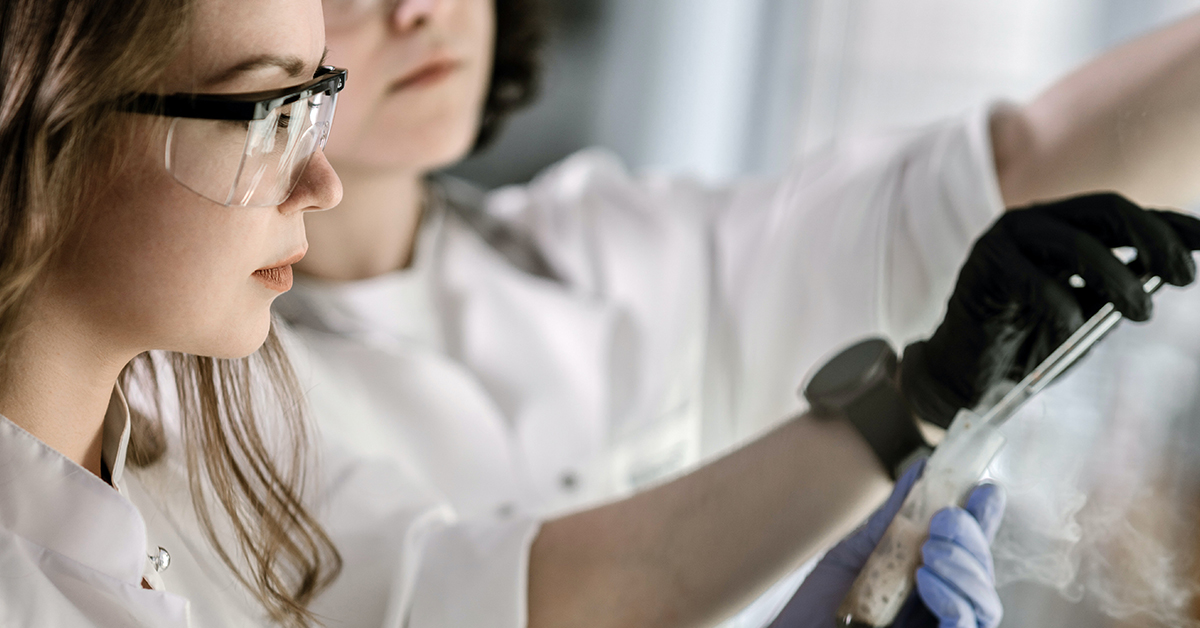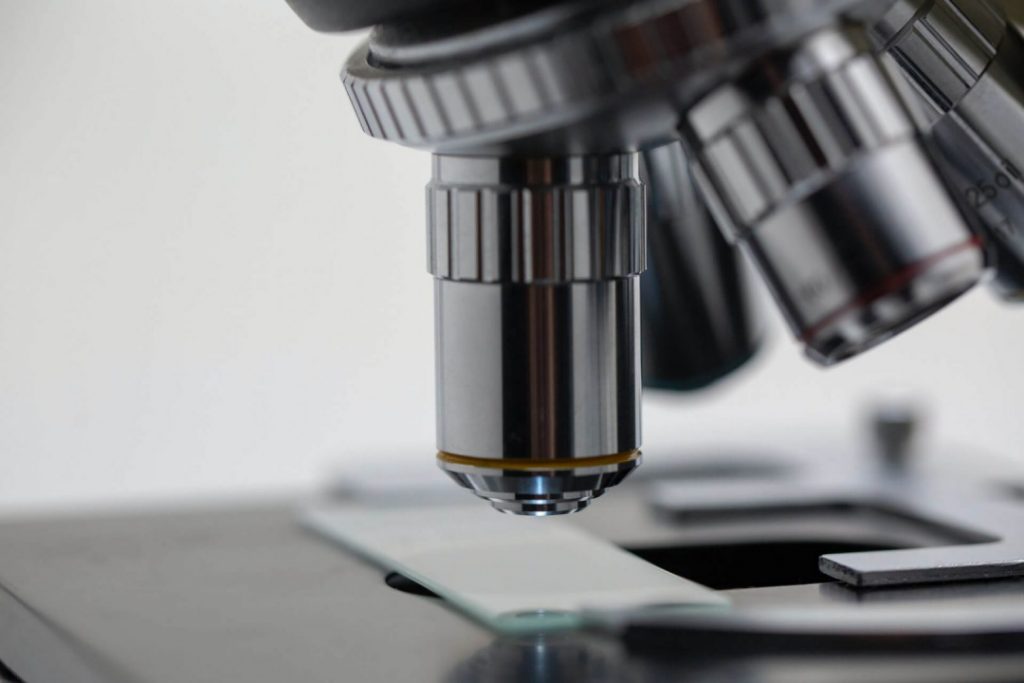Company News
ALLpaQ Achieves EcoVadis Gold: A Milestone in Our Ongoing Sustainability Journey
We’re thrilled to announce that ALLpaQ has been awarded EcoVadis Gold – a globally recognised benchmark that places us among […]
Jun 12th, 2025

ALLpaQ Achieves EcoVadis Gold: A Milestone in Our Ongoing Sustainability Journey
Jun 12th, 2025
Upstream Bioprocessing is the early stages of bioprocessing. If your Bioprocess was a mighty river – it would spring into life up in the peaks of Mount Bacteria and travel down through mysterious lands such as The Kingdom of Cultivation and The Fields of Fermentation to eventually wash out into the great Ocean of Pharmaceuticals.
But, enough of this watery metaphor. Let’s use some proper scientific terminology.
Of course, to clearly understand the technical jargon that defines our industry, we must first define what the term ‘bioprocessing’ actually means:
Bioprocessing simply describes a process that obtains living cells or components from microorganisms, such as enzymes, chloroplasts or bacteria, to manufacture pharmaceuticals, vaccines, diagnostic agents, industrial enzymes or chemicals.
It is a multidisciplinary field that combines the principles of biology, chemistry, and engineering to design, develop, and optimise processes for the production of these products.
‘Cell Bioprocessing’ is the umbrella term that includes the two stages of bioprocessing: ‘Upstream Bioprocessing’ and ‘Downstream Bioprocessing’.
Upstream Bioprocessing refers to the initial stages of producing biological products, such as cell culture, fermentation, and purification. They are typically done on a large scale and are focused on maximising cell growth and product yield.
Downstream Bioprocessing refers to the later stages of producing biological products, such as purification, concentration, formulation, and packaging. These processes are often done at a smaller scale than Upstream.
The phrase ‘Upstream Bioprocessing’ describes the early stages of the bioprocess. This is where microbes, cells and bacteria are grown, nurtured and developed through a range of technologies and media.
In detail, those stages are:
1: Cell Isolation
This is the process of separating a specific type of cell from a mixture of cells. Cell isolation is an important step in bioprocessing, as it allows for the cultivation of pure populations of cells.
2: Cultivation
This refers to the growth of cells in a controlled environment such as a bioreactor. This can be done in batch culture, where cells are grown in a single container, or in a continuous culture, where cells are grown in a steady-state system. The goal is to achieve optimal growth conditions for the cells in order to maximise production.
3: Cell Banking
This is the process of storing cells for later use. The cells are typically frozen in liquid nitrogen or preserved in a cryopreservative. Cell banking allows for a supply of cells to be preserved, ready to be used on demand. It removes the need to create an entire upstream bioprocess workflow every time they are wanted.
4: Culture Expansion
This is a way of increasing the number of cells in a culture, through techniques such as cell splitting. This increases the yield of cells that are available for downstream processing.
Okay, so what happens now?
After the Upstream Bioprocessing stage, the media will go on to the next stage of its product development journey, known as Fermentation …

We have discussed in the past how important fermentation proved to be to the evolution of the life sciences.
Well, it continues to be a major part of bioprocessing. Fermentation is a purification process that uses microorganisms such as bacteria or yeast to convert a substrate (such as sugars, starches, or organic acids) into useful products.
Fermentation can be used in the production of a wide range of products and media, such as enzymes, antibiotics, hormones, and proteins.
The goal of fermentation is to achieve optimal growth conditions for the microorganisms, and to maximise the production of the desired product.
Additionally, fermentation can also be applied to produce secondary metabolites like antibiotics, pigments, and flavours. The process is commonly used in the industrial production of biofuels, food, beverages and, of course, biopharmaceuticals.
What do you do with all this newly manufactured media? How do you protect, store and transport it along the supply chain?
This is where ALLpaQ Bioprocess Containers come in. Cue the fanfare!
Our world-leading range of plastic bioprocess containers enhance the supply chain along which the media travels. The lightweight, stackable, foldable design of ALLpaQ all-plastic bioprocess containers delivers operational and cost benefits all along your supply chain.
We not only offer a fantastic range of cleanroom containers and accessories to complement your bioprocess, we also offer the logistics solutions you need with our Genesis Shipping Container rage.
When they reach desired density, the cultures or media are harvested ready for the next part of the process: Downstream Bioprocess. But, that’s a story for another day and another blog article…